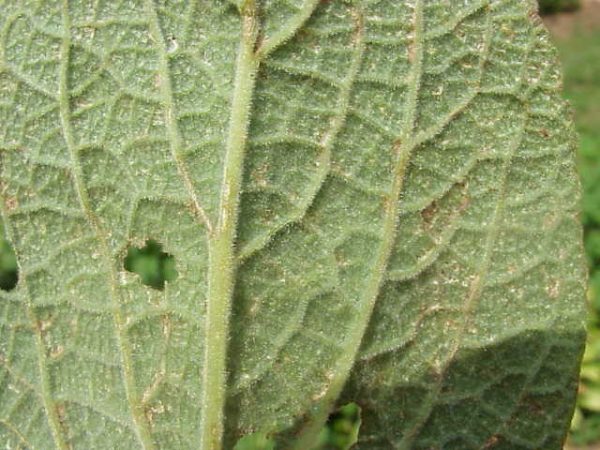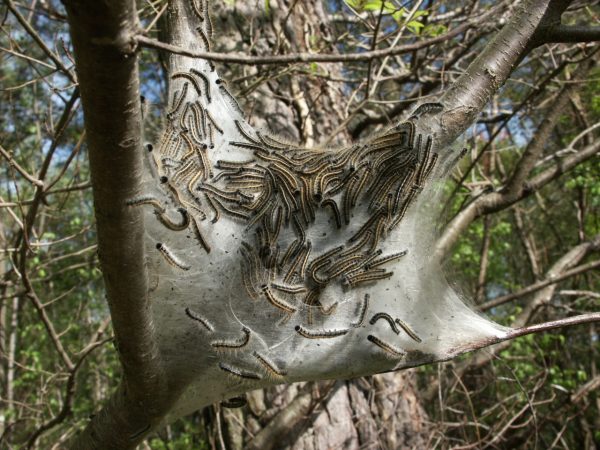Imidacloprid Will Not Kill Spider Mites

Imidacloprid will not control spider mites.
Why not?
The fact that an effective insecticide will usually not harm a mite seems counter intuitive. After all they are both Arthropods i.e. small creatures with exoskeletons and jointed appendages. Although following this basic pattern, the body structure differences between mites and insects are dramatic. On closer inspection the mite has no antennae, no wings, 4 pairs of legs, an unsegmented abdomen, and simple eyes. Whereas an insect such as a bee will have 3 body parts, 2 compound eyes, 2 antennae, 4 wings, 3 pairs legs, and a segmented abdomen. These physical differences reflect a very ancient common ancestor.
The first arthropod fossils date to the Cambrian @ 555 million years ago (mya). From this common ancestor five groups emerged, 1.Trilobites – extinct, 2. Arachnids (spiders & mites), 3. Centipedes and millipedes, 4. Crustaceans, and 5. Insects. The Arachnids and centipedes are more closely related to each other than to the crustaceans and insects. So a lobster is more closely related to a bee than to a spider. Who would have thought? The oldest arachnid fossil dates to the Silurian period 420 mya, while the oldest insect fossil dates to the early Devonian 407 mya. Sometime in the Cambrian period 542 – 488 mya or Ordovician 488 – 433 mya the insect and arachnid lines diverged. During this time the animals diverged physically as well as metabolically. Imidacloprid capitalizes on the metabolic differences.
Insecticides vary in their mode of action, one of which is to interfere with the nervous system. Imidacloprid mimics the action of acetylcholine (a neurotransmitter). The normal functioning system calls for rapid degradation of acetylcholine to maintain control of neural transmission; a little like an on off switch. Imidacloprid is not degraded by normal enzymatic control and thus leaves the switch on which overexcites the nervous system and removes control from the insect. Imidacloprid is specific for insect nervous tissue and doesn’t affect mites or mammals in the same manner.
Spider mites use piercing-sucking mouthparts to feed on leaves (on the underside) and needles which results in a whitish or yellowish stippled, speckled look to individual leaves or needles and an overall bronzed or yellowed discoloration to the plant. Webbing indicates a spider mite infestation. Severe feeding can stunt the plant’s growth and can even kill the plant.
If you find discolored leaves and suspect spider mites, hold a white sheet of paper or paper plate under the leaves and shake the branch or leaves. If mites are present, you will find tiny spider-like creatures drop down and move around on the paper
Keep plants well watered to reduce their susceptibility to spider mites. You can take a hose and spray infested leaves and needles to dislodge some of the spider mites. If you want to treat your plants, consider applying insecticidal soap or horticultural oil. Although they are only moderately effective against mites, they are ‘soft’ on natural enemies and helps preserve any predators or parasites that are present. The product must directly contact the mites to kill them and repeated treatments may be necessary.
Residual miticides are not widely available to the general public. Effective active ingredients include bifenthrin, deltamethrin, and lambda cyhalothrin. Read the label carefully to be sure the plant you want to treat is listed for the product you intend to use and follow all label instructions.
Karl Foord, University of Minnesota Extension Educator











